Things To Know About English Pubs
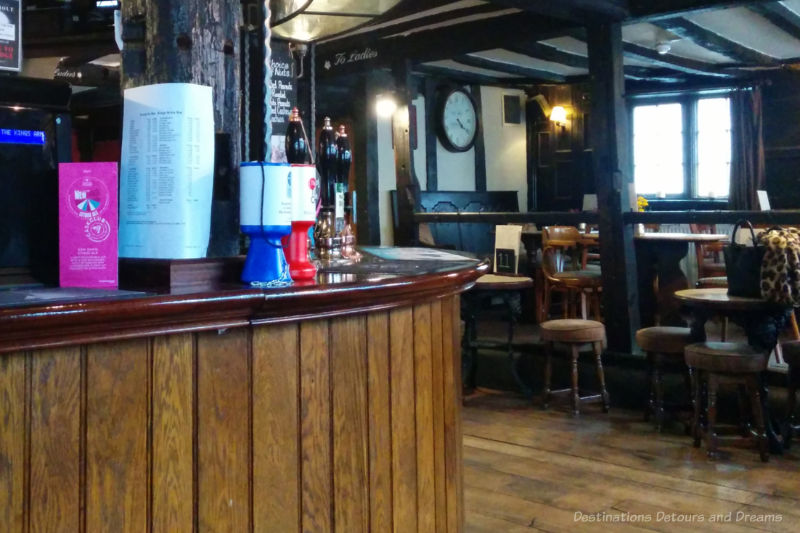
About English pub history, beer, food, decor, customs, and more
The pub is a British institution. They are an integral part of British life, a place to socialize and relax as well as have a drink. Many are also steeped in history.
Pub visits were highlights of the various trips my husband Rick and I made to England over the years. I like British bitter, a style of pale ale hard to find in Canada. My husband is a beer-drinker only when he is in England. But it is more than the beer that made pubs a highlight of our trips. It is the atmosphere and overall vibe. Visiting with dear friends we hadn’t seen in a while made some of those pub visits extra special.
This post covers things I think are worth noting about English pubs.
A Brief History Of British Pubs
The origin of pubs can be traced to the first century AD when the Romans built tavernae to quench the thirsts of soldiers. Tavernae offered wine, but ale was the local’s drink of choice. When the Roman empire began to crumble and Anglo-Saxons took the Romans’ place, alehouses replaced tavernae. The word taverna evolved to tavern, which was an alehouse that also offered lodging. After the 1066 Norman Conquest inns sprang up along busy roads. Inns offered lodging and stabling for houses as well as food and drink.
Inns and taverns were open to all, but alehouses were usually restricted to members. Toward the end of the seventeenth century a new type of establishment appeared that was open to all but did not include accommodation. They were labelled as “public houses”. The name was shortened to pub and eventually became the generic name for all inns, taverns, and alehouses.
In the eighteenth century, gin became a popular drink, so much so that laws were passed to reduce its consumption and associated drunkenness. Gin became popular again in the early nineteenth century. In 1830, the Beerhouse Act encouraged the drinking of beer, which was considered less harmful, instead of gin. Any ratepayer could obtain a licence to sell cheap beer. They could brew and sell it in their own homes. This led to many new pubs opening up.
There is also history behind some of the interesting pub names you’ll encounter. A 1357 law required that all taverns, alehouses, and inns display signs so they could be easily identified. Because most visitors were illiterate, the signs contained pictures of things like lambs, stars, and angels. The colours, shapes, and uniqueness of these symbols became pub names which have continued into present day.
English Pub Architecture and Décor
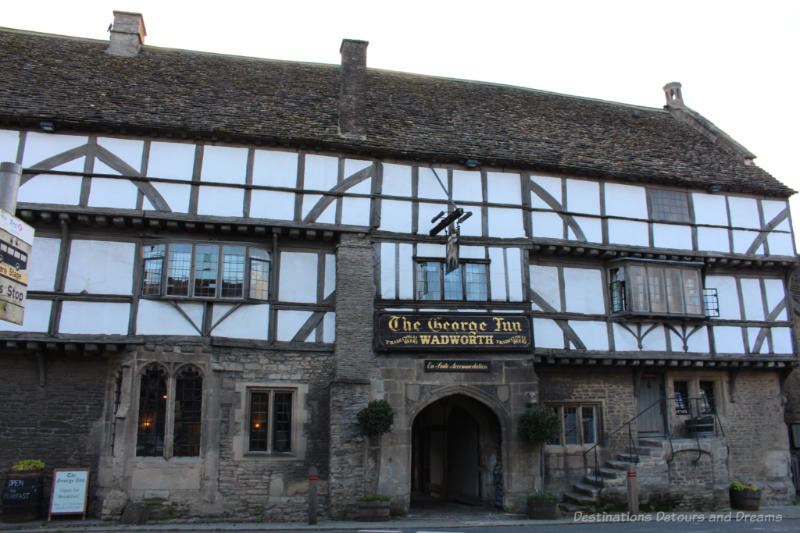
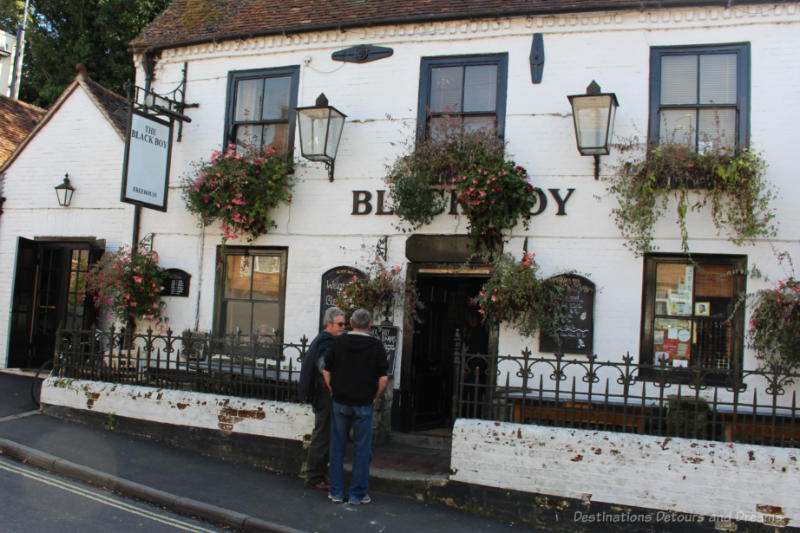
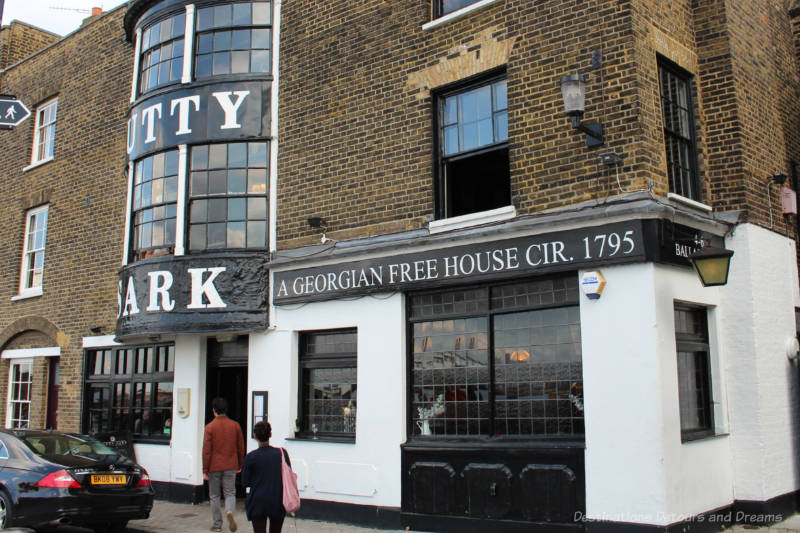
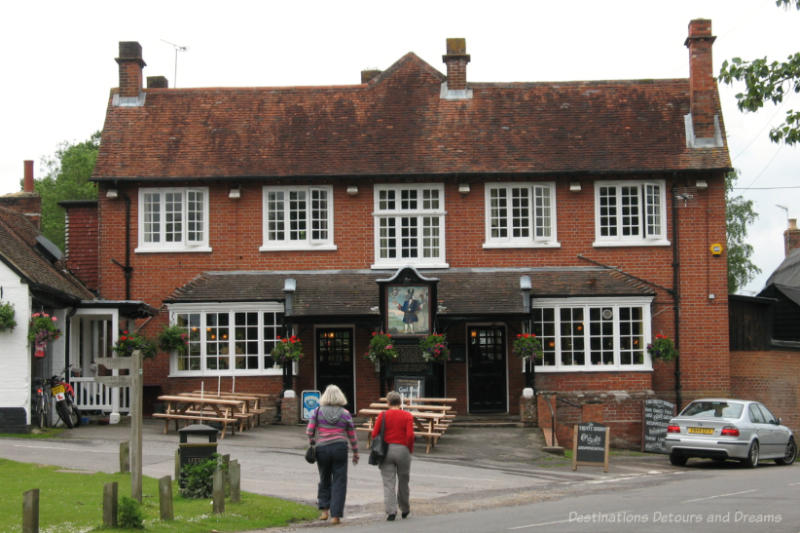
You might typically think of an English pub as having a cozy atmosphere with wood floors, paneling and beams. You will indeed find many old pubs like that, but you will also find a variety of styles ranging from a traditional country pub with an open fire to modern-style bars. Sometimes the interior contains elements from the building’s former life, such as a bank for example. Even old traditional pubs can vary somewhat depending on the era they were built in.
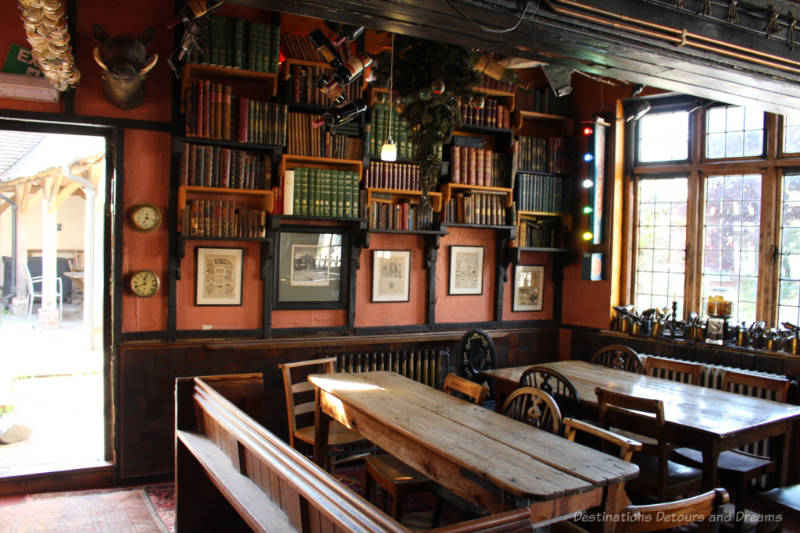
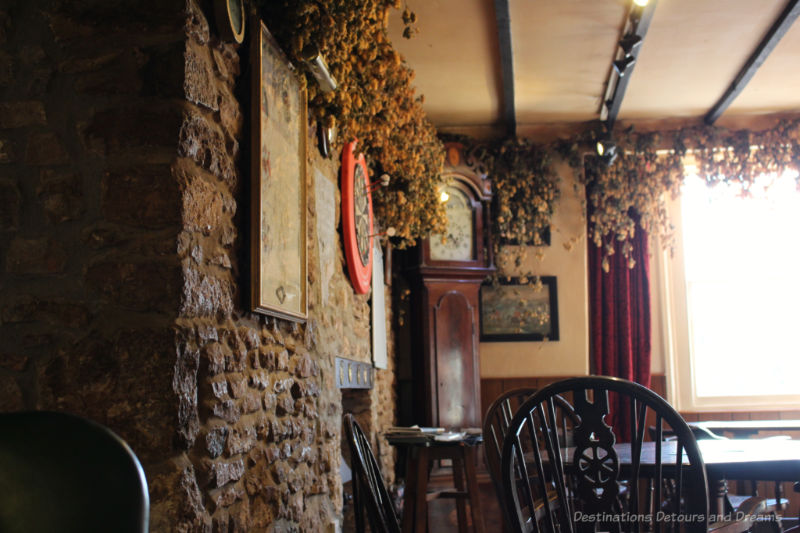
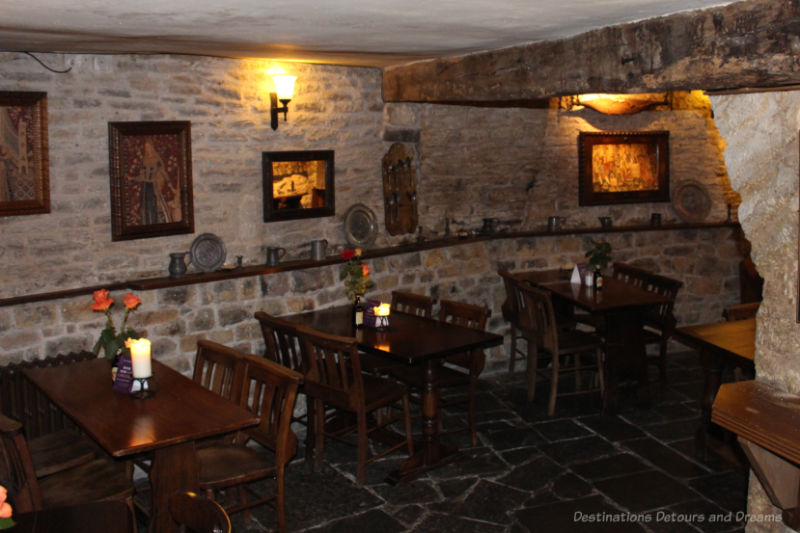
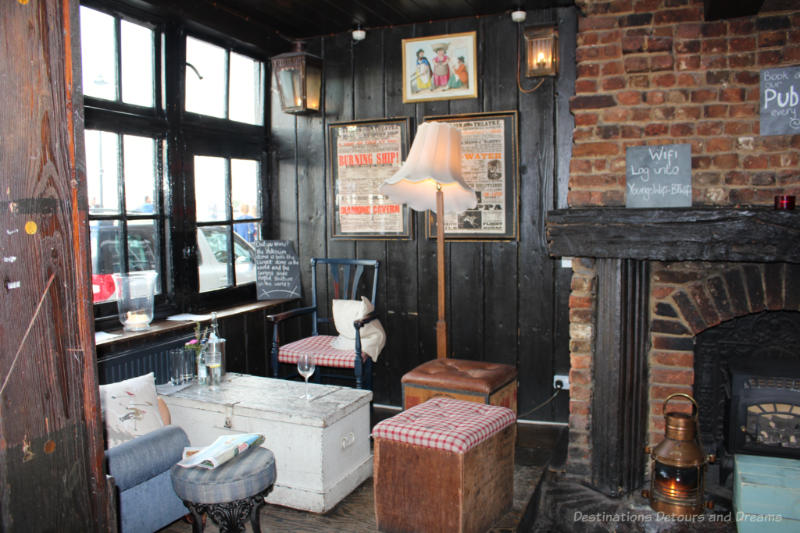
Pubs in the 1800s were often divided into several rooms and bars for different purposes and types of customers. Dividing walls in some of these have now been removed to make one larger room. In others, the separate rooms remain, sometimes with separate entrances. The Saloon or Lounge came about in the late eighteenth century as a room with entertainment and table service for an admission fee or higher cost of drink. The Public Bar was cheaper and simpler and for the working class.
The snug was a small, more private room typically with window access to the bar, but no one from the public bar could look in and see the patrons in the snug. People who wanted to drink away from an audience used the snug. It was also the place where women might drink. They were accompanied by men who bought their drinks for them. The public bars were male domains. Until as recently as 1982, when a famous legal case made it illegal for pubs to refuse service based on gender, pubs could refuse to serve a woman. When we housesat in rural Surrey, the nearest pub was the Crossways Inn in Churt. It still had a snug with a separate entrance.
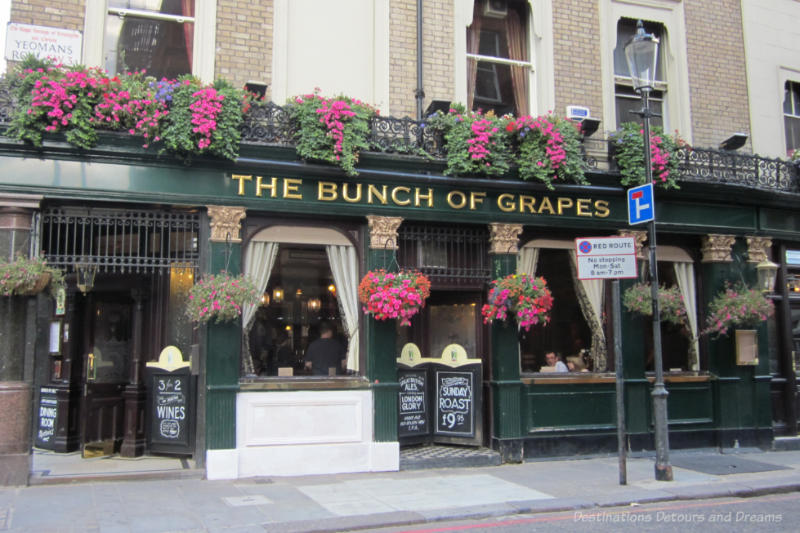
The snob screen was a curious feature of some Victorian pubs. A row of frosted panes of glass separated the wealthy upper class, who perhaps didn’t want to be seen drinking in pubs, from the common public. They couldn’t be seen behind the glass, but could open the pane to place a drink order. The snob screen has disappeared from most pubs. Only a few pubs still have remaining screens. The Bunch of Grapes on Brompton Road in London SW3 is one of those.
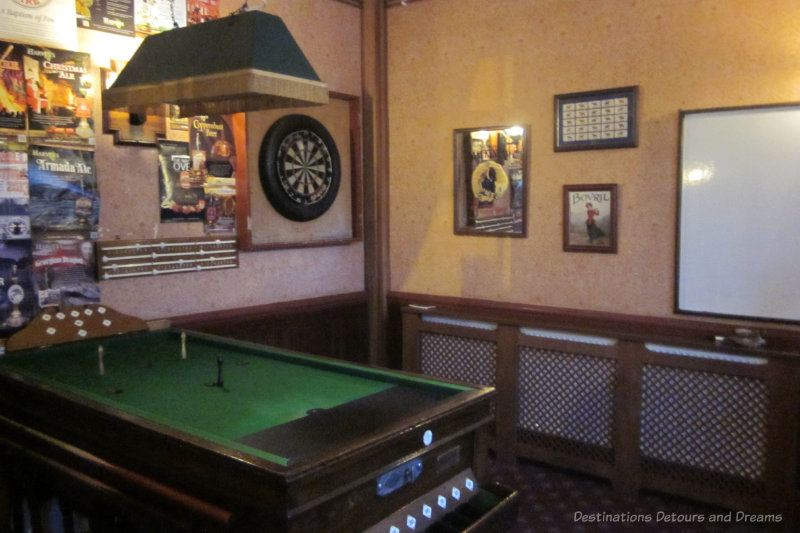
You’ll find dart boards in many pubs. You may also find a pool table or the smaller bar billiards table. Skittles, an ancestor of bowling, is another pub game with many variations. Players bowl a wooden ball or disc down an alley to knock over nine pins. Pubs often don’t have room for an alley and smaller table versions are used. In some cases, a ball on a cord is used to hit the skittles. Personally, I have rarely come across the game in the pubs I’ve visited, but I did see one using the ball on a cord in a small traditional pub in Frome, Somerset.
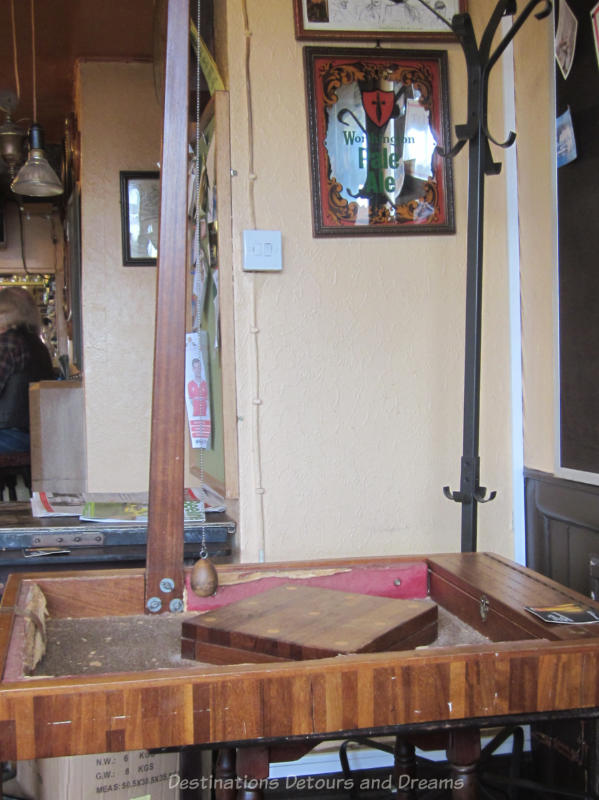
English Pub Hours
Standard pub hours are from 11am–11pm, but you can find pubs open outside of those hours as well.
Of course, there is history associated with open hours. Prior to World War I, opening hours were generally from 6 am to 10 or 11 pm. Because of concern about alcohol consumption interfering with the war effort, licensed premises were restricted to opening only during the luncheon and supper periods. The exact hours changed slightly over a period of a few years. By 1921, the hours were 11:30am–3pm and 5:30–10pm Monday to Saturday, 12:30–2:30pm and 7–10pm on Sunday. By the late 1980s pubs were allowed to sell alcohol at any time between 11am–11pm.
I remember visiting in the 1980s when pubs closed in the middle of the afternoon. You may find a few country pubs that still do that. For example, the previously-mentioned Crossways Inn in Churt.
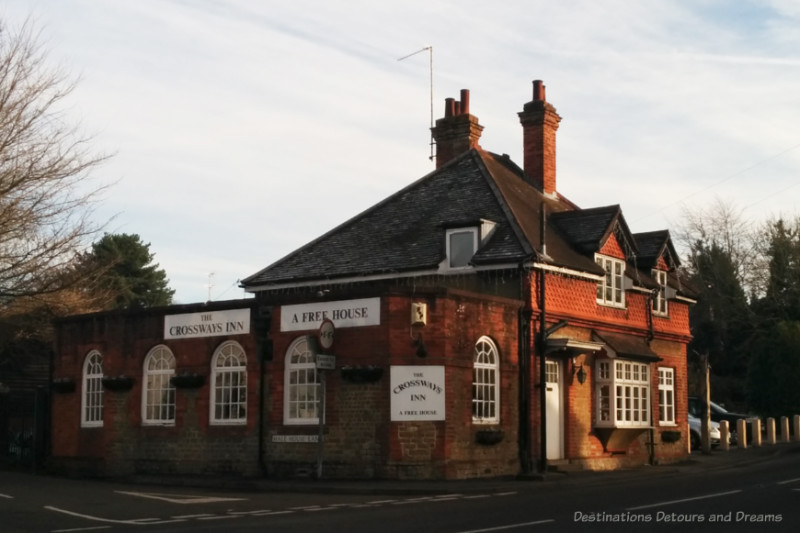
A licensing act that came into effect in 2005 allows publicans to apply for special 24-hour licences, but many pubs still close at the traditional time of 11pm.
English Pubs Age Restrictions
The legal drinking age in England is 18. Children under the age of 18 may be allowed in pubs if accompanied by an adult, but it depends on an individual pub’s preference and licensing restrictions. Sometimes children may be allowed only at certain times or in certain areas. With the exception of sixteen and seventeen-year-olds having beer, wine, or cider with a meal if accompanied by an adult, children under 18 cannot consume alcohol.
When we traveled with my daughter and step-daughters, we often had lunch at a pub with a family room or a garden, where children were generally welcome.
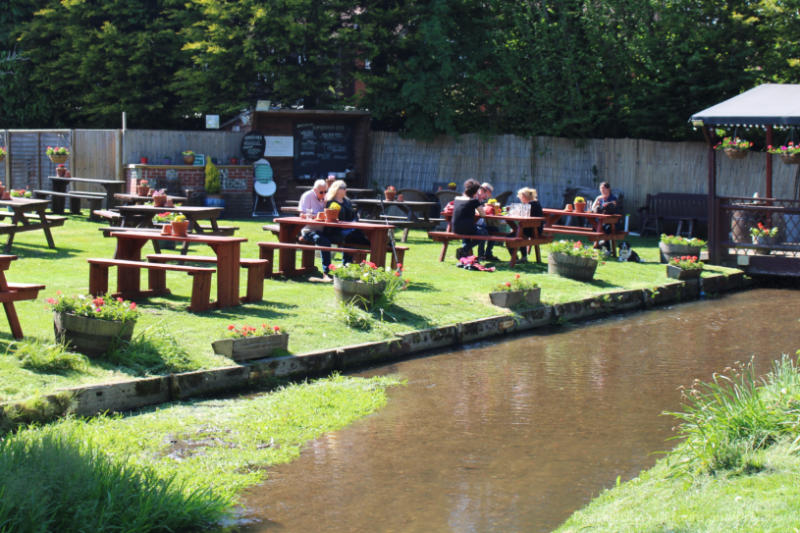
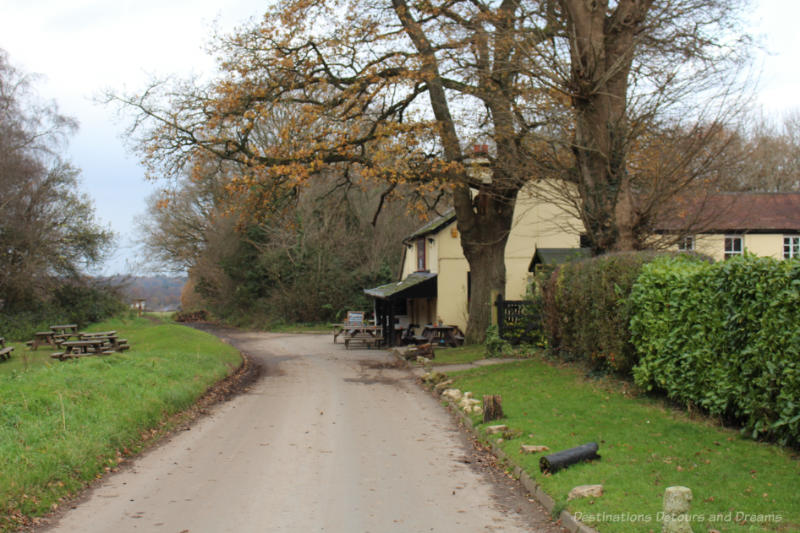
English Pub Beer And Other Drinks
Before I get into the beer itself, I want to bring up a distinction between two different types of pubs. A tied house is connected with a particular brewery or pub company and must buy at least some of its beer from them. A free house can choose whatever beers it wishes to stock.
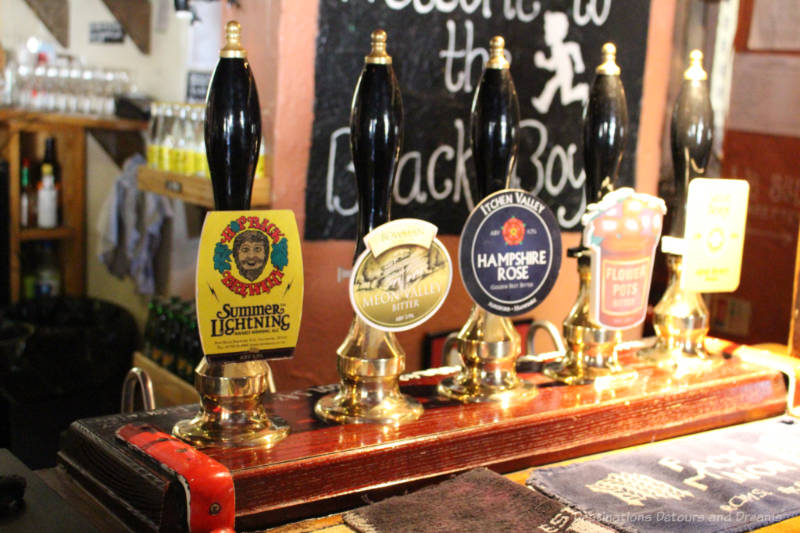
The exact selection of beers on tap varies from pub to pub. The most common styles include bitter, pale ales (including amber, IPA, dark, and ruby), stouts, porters, and lagers. Bitter is a distinctly British beer golden to copper in colour and strongly flavoured with hops. Within the world of bitters you’ll find three different styles: ordinary or standard bitter; best or special or premium bitter; extra strong bitter (ESB).
If you are unsure of which beer to order, the bartender may provide advice based on what you say you usually like, assuming they have the time to do that. Order either a half-pint or a pint. Although you may hear talk of warm English beer, the beer isn’t actually served warm. It is also not ice cold. It is usually served at cellar temperature, which is colder than room temperature.
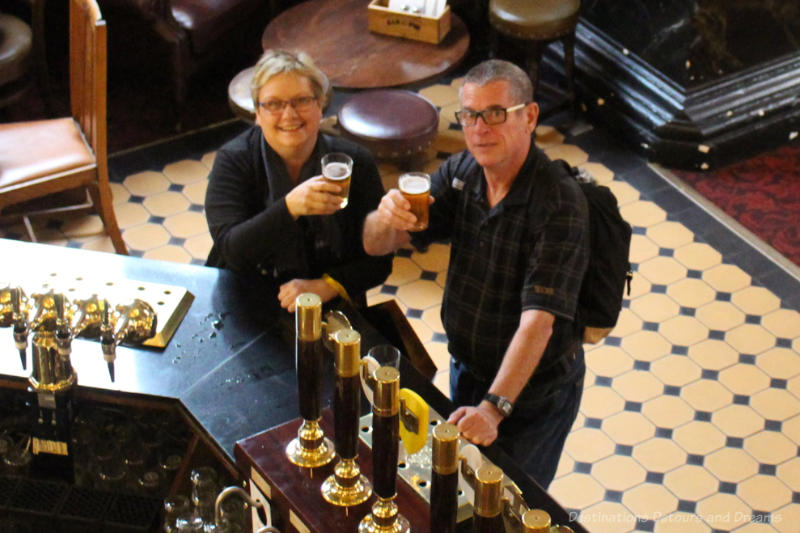
Many pubs also have cider on tap. This is what would be called hard cider in the United States because of its alcohol content. Again, you’ll find many variations.
When you visit pubs in different areas of the country, you’ll often find good local beers and/or ciders on tap that aren’t readily available elsewhere. Ask what local beers (or ciders) are on offer.
Pubs also carry well-known brands of bottled beer. You may be able to get ginger beer in some pubs. A shandy is a mix of beer and lemon soda (usually half and half). Pubs also carry hard liquor and wine, although the selection of wines may be limited. Do not expect cocktails.
Non-alcoholic options include cola, lemonade (which is a sweet, fizzy, lemon-flavoured drink similar to Sprite, not the kind of drink North Americans call lemonade), soda water, fruit-based drinks, and squash (fruit juice syrup mixed with waters in flavours such as blackcurrant, apple, and orange).
Campaign For Real Ale (CAMRA)
You may see a CAMRA sticker on windows or doors of some pubs. The Campaign for Real Ale (CAMRA) awards accreditation to pubs that regularly stock at least one real ale. Real ale, a term coined by CAMRA, is defined as a “natural product brewed using traditional ingredients and left to mature in the cask (container) from which it is served in the pub through a process of secondary fermentation.”
Four men formed CAMRA in 1971 after becoming disillusioned by the domination of the United Kingdom beer market by a handful of companies pushing low quality products and the move away from traditional methods. They lobbied, raised awareness, published pamphlets and books, and ran contests and awards. In my post, Travelling With The Good Beer Guide, I write about using one of their most popular publications to find interesting pubs during our travels.
The number of pubs offering real ale today with or without the CAMRA sticker is a testament to their success. They continue to promote pubs, clubs, beer, and cider with a vision of having quality real ale, cider, and perry (pear cider) and thriving pubs in every community. Their Heritage Group works to protect and preserve “pubs with intact traditional interiors or which have features and rooms of national importance.”
English Pub Food
Most pubs serve food these days, whether it be very basic fare or high-quality restaurant-type food.
Traditional pub fare may include fish and chips, steak and ale or steak and kidney pie, bangers and mash, ploughman’s lunch (a cold plate of bread, cheese, and accompaniments), fish pie, burgers, shepherd’s pie, and jacket potatoes (baked potatoes stuffed with fillings such as cheese, chili, or tuna). You’re likely to find a curry on the menu.
Crisps (aka potato chips), nuts, and pork scratchings are typical bar snacks, whether food is served or not.
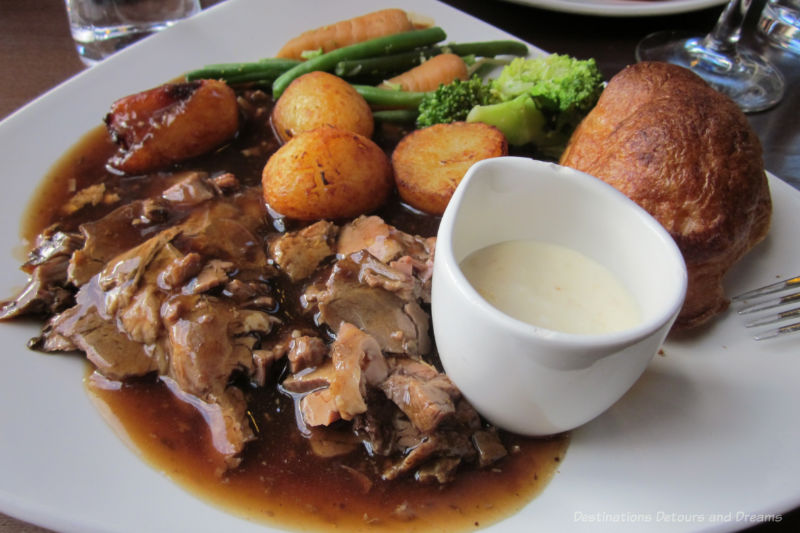
The Sunday roast is worthy of special mention. A number of pubs feature beef roast (with Yorkshire pudding), pork roast, and/or lamb roast meals at Sunday lunch time. Some also offer it for the Sunday evening meal.
You may find a few pubs that do not offer meals or offer them at limited times. For example, the pub in Churt (Crossways Inn) I’ve already mentioned a couple of times served lunch time meals, but no evening meals. (With its basic traditional décor, closing for a couple of hours late afternoon, and limited food service, it harkened back to a time decades ago and was what my British friend called “a proper pub.”)
Before I leave the topic of food, I want to make note of a particular pub chain. Wetherspoon is a chain pub (not a brewery) known for its basic affordable food and drink with standardized menus in all pubs. It is also known for its breakfasts because its pubs open early in the morning. Although some of its pubs are new builds or newer buildings, many are conversions of historic buildings such as banks, theatres, or churches. Pubs are thematically furnished according to the heritage of the building.
English Pub Customs
Some pubs may have table service for drinks, but typically you order at the bar, pay the bartender (no tabs), and take your drink to the table yourself. Tipping the bartender isn’t customary, although you may want to round up to the nearest pound when you pay.
When it comes to food, pubs may have dining areas with table service, but often you also order the food at the bar. Depending on the pub, you may be called back to the bar to pick up your order or it may be delivered to your table.
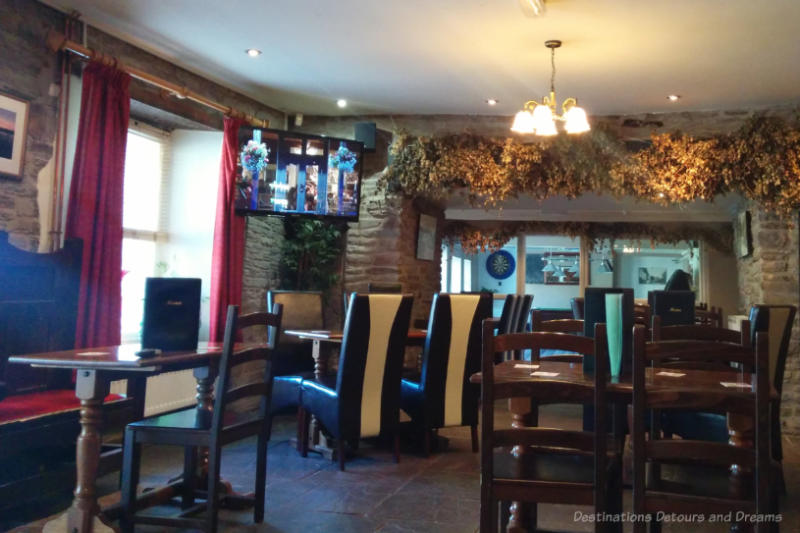
In terms of food and tipping, pubs with table service operate more like restaurants. In that case standard tipping would be appropriate. As near as I can tell, the current standard is in the 10–15% range, but it is always a good idea to check into tipping conventions and rates at the time of travel. Also, check to make sure that a service charge hasn’t already been added so you don’t “double tip.”
When having drinks out at a pub with friends, it is customary to take turns buying the rounds of drinks for the table.
Finding A Pub
Although the total number of pubs has declined over the last decades, you still don’t need to go far in England to find a pub. Check what’s near you. Get recommendations from friends and travel guides.
A good resource to use to find a pub in an area, find out more about a pub you’ve passed by, or to look for a pub with specific characteristics is WhatPub, CAMRA’s online pub guide. Pubs have been independently added and updated on the site by thousands of CAMRA volunteers. The site claims to include over 96% of Britain’s real ale pubs. Information about the pubs includes location, features, facilities, hours (which you should validate for currency), descriptions, information about special characteristics, and, sometimes, historical information.
An English pub is a place where people meet with friends and unwind. The pub one frequents most regularly, usually one close to home, is known as one’s “local.” Over lunch in a pub on our first day of a 2015 England trip, our English friend told us about our local, the pub closest to the bed and breakfast we were staying at. Our first day and we already had a local! We did wind up visiting it several times. It had great atmosphere and food.
Cheers!
The post is dedicated the memory of our friend Dennis, who eagerly shared his love of pubs as well as his love of his hometown London with us. We miss you.
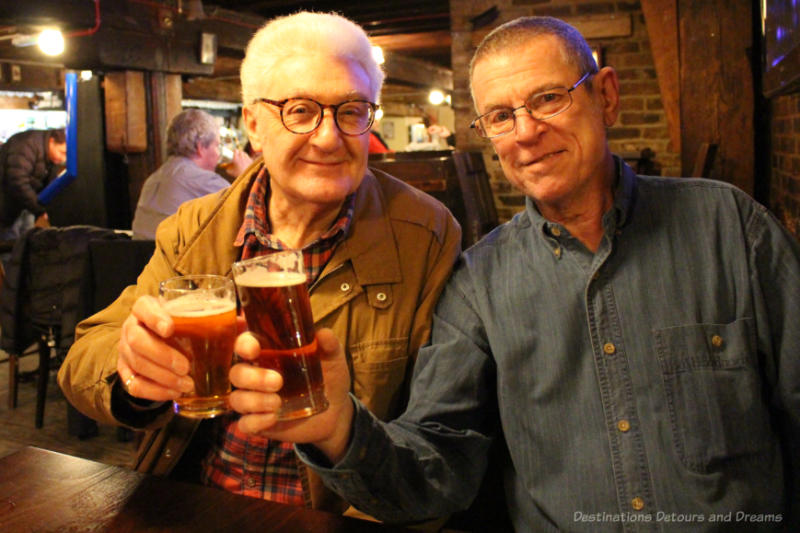
Never miss a story. Sign up for Destinations Detours and Dreams free monthly e-newsletter and receive behind-the-scenes information and sneak peeks ahead.
PIN IT
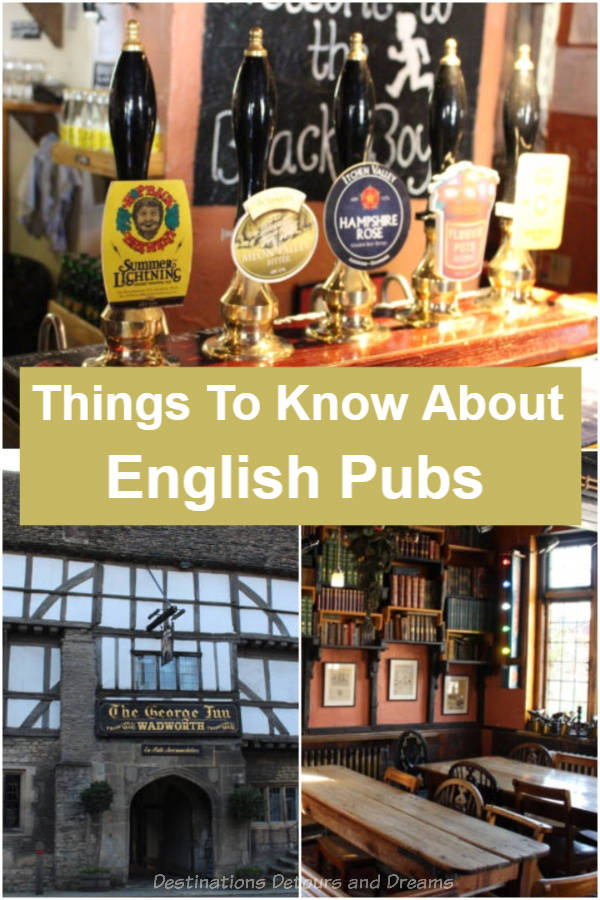
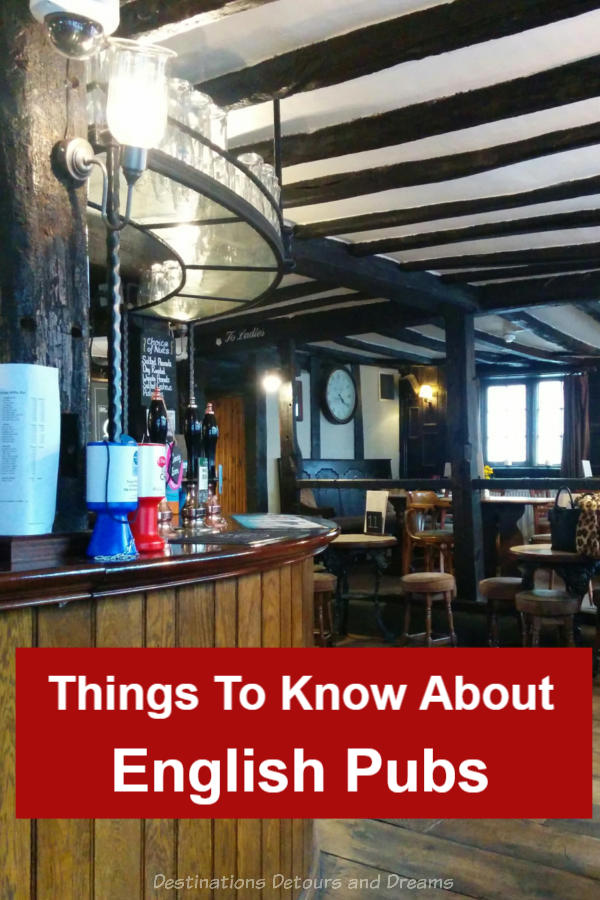
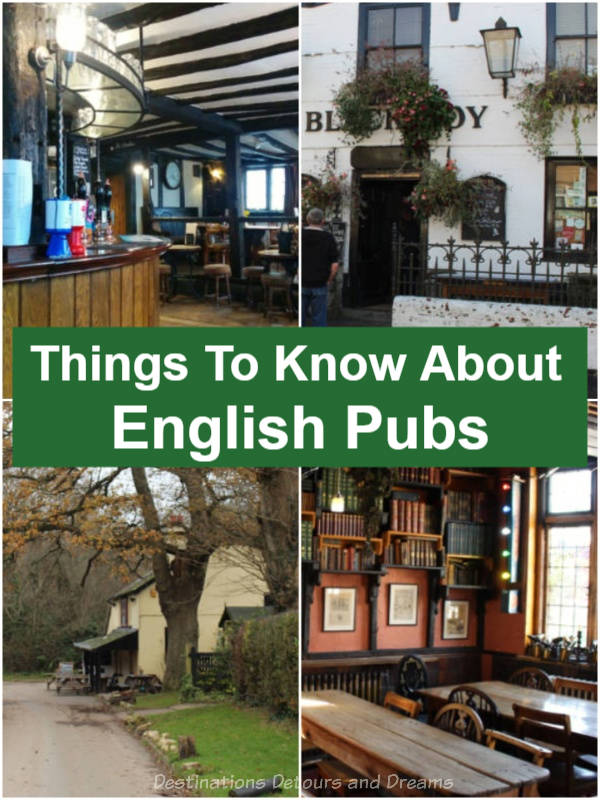

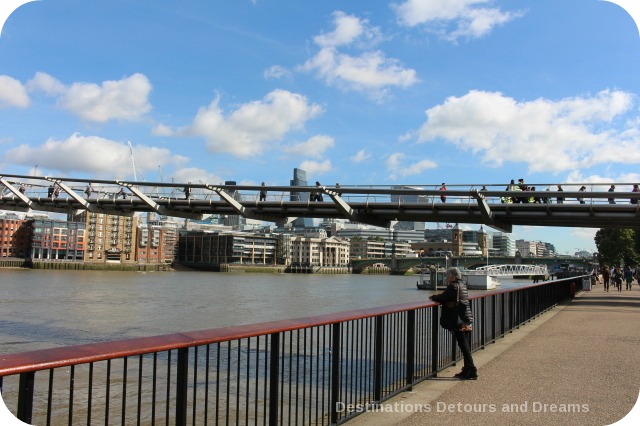
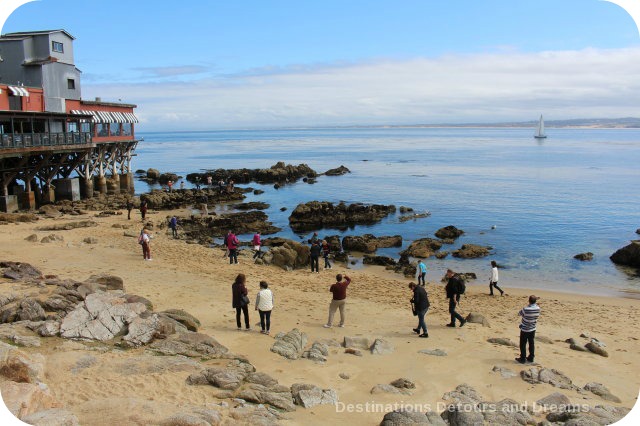
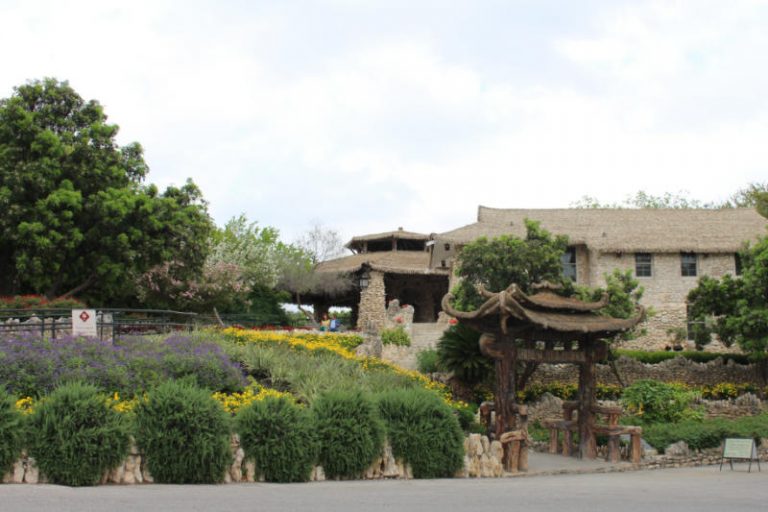
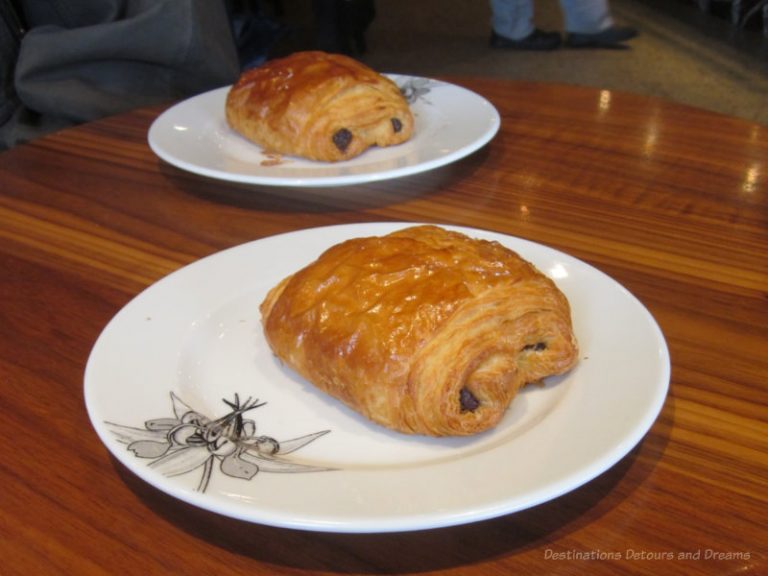
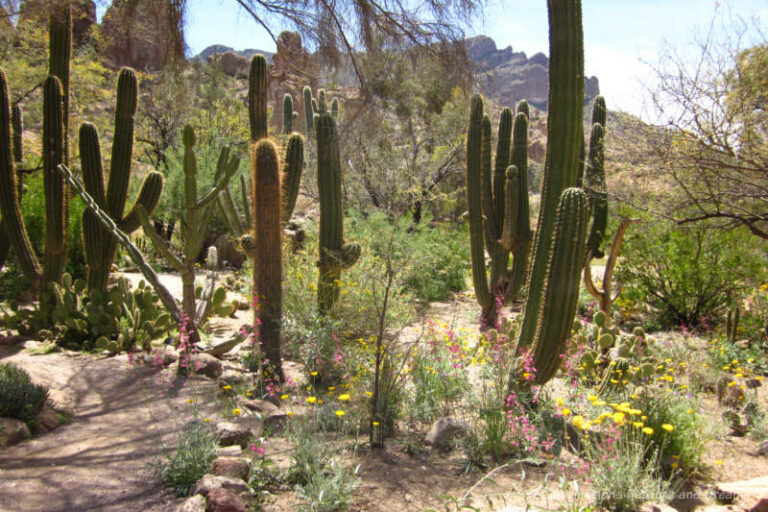
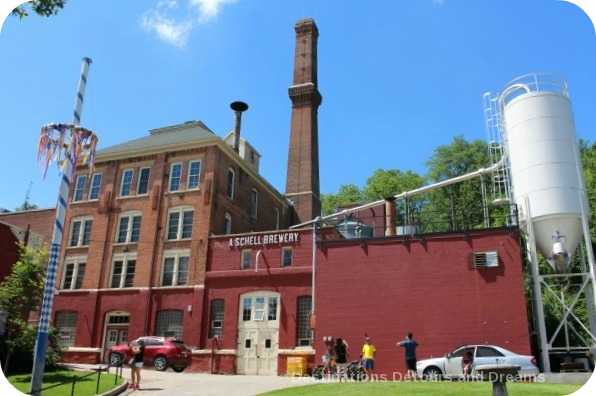
What an interesting post. Had no idea the history of pubs stretched back so far. Also enjoyed the thought of legislation being adopted to encourage more beer drinking.